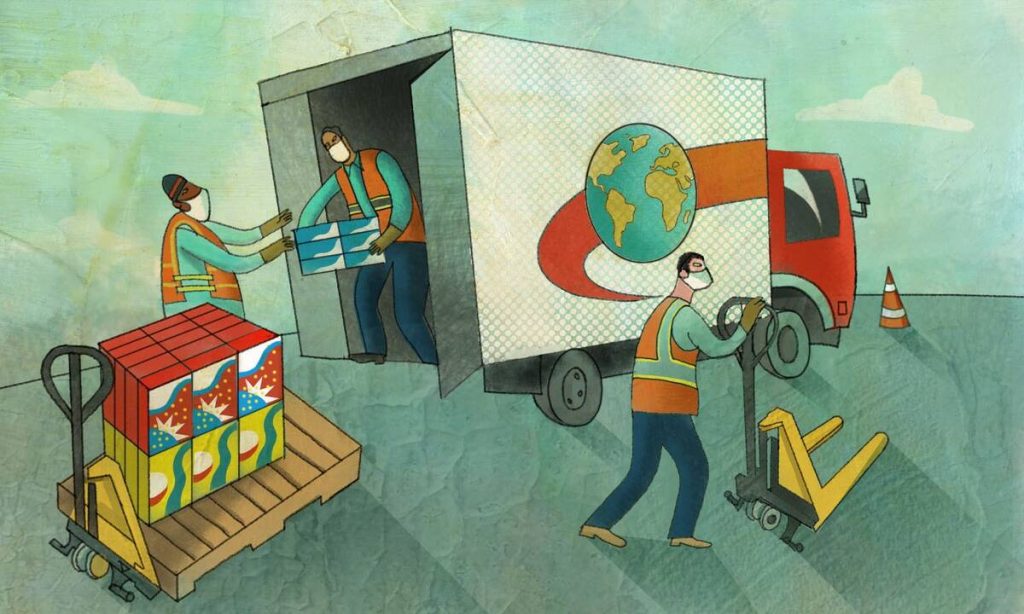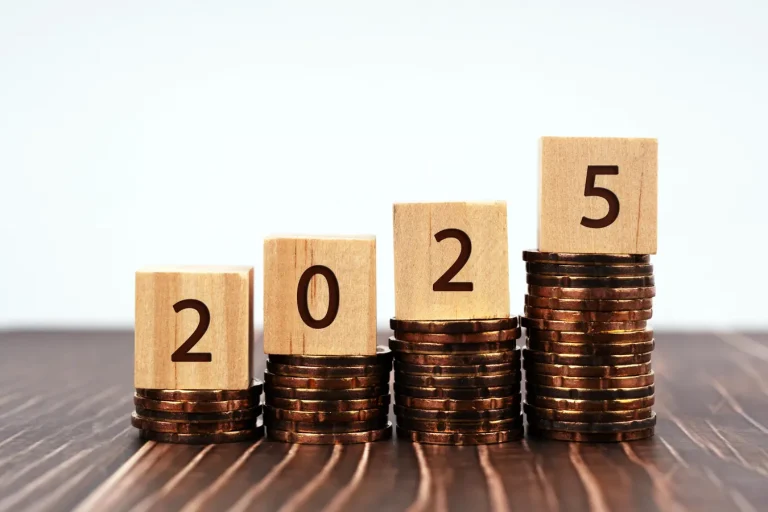In 2025, nearly half of U.S. states are raising their minimum wages, even as the federal rate remains at $7.25 per hour—a figure unchanged since 2009.
These increases reflect efforts to adjust wages for inflation and the demands of voters across political divides.
Minimum Wage Trends Across the States

Currently, 30 states and the District of Columbia have set minimum wages above the federal rate, and 67 localities have raised wages even higher than their state standards.
This year, 10 states—including California, New York, and Washington—have minimum wages of $15 or more, with several others, such as Alaska and Missouri, on track to hit that benchmark in the coming years.
In Alaska, for example, the minimum wage increased to $11.91 in January, with a planned rise to $13 in July following the passage of a ballot measure.
The measure also mandates paid sick leave, benefiting workers but sparking concerns among some business owners about rising costs.
Inflation and the Push for Wage Increases
The stagnant federal minimum wage has lost significant buying power due to inflation, prompting states to act.
Michigan offers a striking example: the state Supreme Court overruled legislative amendments that weakened voter-initiated measures to raise the minimum wage and mandate paid sick leave.
As a result, Michigan’s minimum wage will rise from $10.33 to $12.48 in February and continue increasing to $14.97 by 2028.
Advocates argue these changes are necessary to help workers meet the rising costs of essentials like housing, food, and healthcare.
Missouri activist Richard von Glahn, who led a successful campaign to raise his state’s minimum wage to $15 by next year, believes the movement reflects voters’ priorities—even in traditionally conservative areas.
Workers’ Perspectives on Wage Increases
For many workers, even modest wage increases make a tangible difference. In Kansas City, Missouri, Arby’s employee Kaamilya Hobbs expects an additional 31 cents per hour when she returns from maternity leave.
While it’s not enough to live comfortably, she says, it helps cover basics like diapers and baby formula.
“It’s not a huge difference, but it’s something,” Hobbs said.
Business Reactions
Business owners have mixed feelings about minimum wage hikes. Critics warn of potential layoffs, higher prices, and reduced hours, especially in industries with tipped employees.
Sarah Oates Harlow, CEO of the Alaska Cabaret, Hotel, Restaurant, and Retailers Association, predicts increased costs for goods and services.
However, others see benefits. Mark Robokoff, owner of AK Bark, a pet supply store in Anchorage, supports higher wages, noting that they increase customer purchasing power.
“It’s not like there’s no benefit to this cost,” Robokoff said. “When we all pay more, we all benefit.”
A National Debate
With inflation eroding wages and state-level actions accelerating, discussions about a federal minimum wage increase are reigniting.
President-elect Donald Trump has acknowledged the $7.25 rate is “very low” but remains cautious about raising it too high, citing potential impacts on employment.
This year’s state-level wage increases underscore a broader economic shift, highlighting the balance between ensuring fair wages and supporting businesses in adapting to change.
This article was republished from Stateline, a sister publication of the Kentucky Lantern, and is part of the nonprofit States Newsroom network.






Leave a Comment